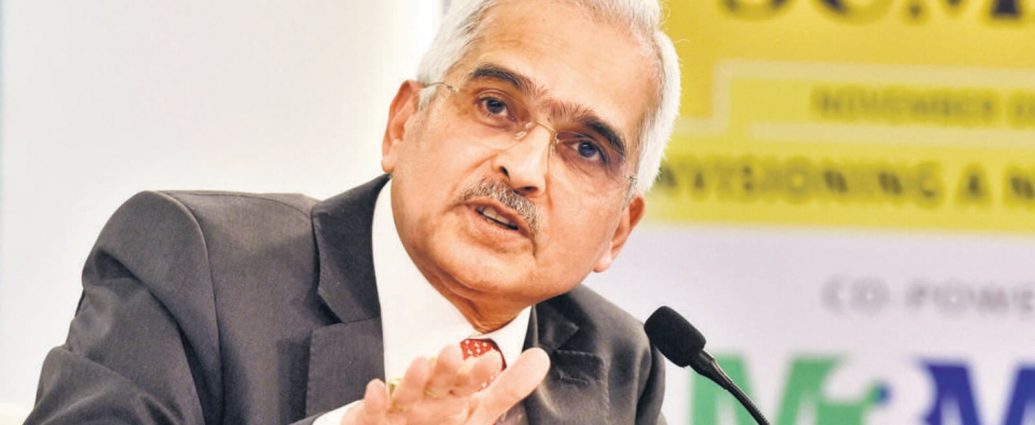Consumer inflation in October will likely be under 7%, compared to a 7.4% rise in the previous month, and India will remain the fastest growing economy in the world despite back-to-back geopolitical shocks, Reserve Bank of India governor Shaktikanta Das said at the 20th Hindustan Times Leadership Summit on Saturday.
Sharing his views on the economy, Das said in a conversation with HT’s editor-in-chief R Sukumar that the country’s “macroeconomic fundamentals are strong” at a time when the world has been jolted by three successive shocks of the Covid-19 pandemic, the Ukraine war and turmoil in financial markets.
The Indian economy is resilient and projected to grow at 7% in 2022-23, Das said. “The banking sector is stable. The growth numbers are looking good in the current context. Our estimate is that India will this year grow by about 7%. IMF has projected that India will grow by about 6.8% in the current year. And that puts India among the fastest growing major economies in the world,” Das said.
On inflation, governor Das said it remains a “challenge” and the central bank has acted to anchor inflationary expectations.
Answering a question on what the central bank had communicated to the Union government in its explanation of why inflation in the country exceeded the targeted upper limit of 6%, Das said that “the law requires RBI to share its views on why inflation has exceeded the target in three consecutive quarters.”
“There are three things. One the reasons for high inflation. Two, what steps are being proposed to tackle the situation and what is the time frame.”
The central bank chief said when RBI’s monetary policy committee met in February, its projection of average inflation was 4.5% for 2022-23. “But when the war started in February 24, that changed the picture. Oil went up to $130 a barrel.”
On the chief reasons why inflation has overshot the central bank’s upper limit of 6% for three quarters, Das said geopolitical shocks, supply disruptions, high edible oil prices and a spike in cereals, all contributed to inflation spiralling.
Das declined to comment on what steps RBI proposed to take to rein in prices in its communication to the government and when it expects prices to fall back to the 2%-6% band, as the information is confidential.
The governor said there was no need to change the inflation target band of 2-6%, despite there being a global debate on whether high global inflation will persist longer. “I’d say, the 6% limit makes a lot of sense. We shouldn’t change the goalpost simply because we haven’t been able to meet it.” Das said RBI research analysed a lot of data and found that inflation above 6% would be detrimental to the growth, and the investment climate would take be hit.
“There’s a reason why the inflation target has been kept at 4%. Internal committee of RBI did a detailed analysis and found that 4% inflation target with a price band of +-2% was optimal. RBI research at that point in time found, and even now it holds good, that inflation for India would be detrimental to growth.”
The RBI governor also said that a central bank digital currency (CBDC) had a lot of “benefits” and India could not be stuck with paper money if half the world were to issue CBDCs. “More specifically, printing notes involves costs of printing, storage and logistics. Digital currencies will have much less costs and will help exporters and importers. It will become very important for cross-border transactions.”
Governor Das said that for effectively achieving larger macroeconomic goals, the government and the central banks work concertedly all over the world. “There has to be coordination between the fiscal authority (the government) and the monetary authority (RBI),” Das said, adding: “Autonomy means independent decision-making. This conversation between the government and the central bank happens all over the world. Coordination doesn’t mean compromise.”
